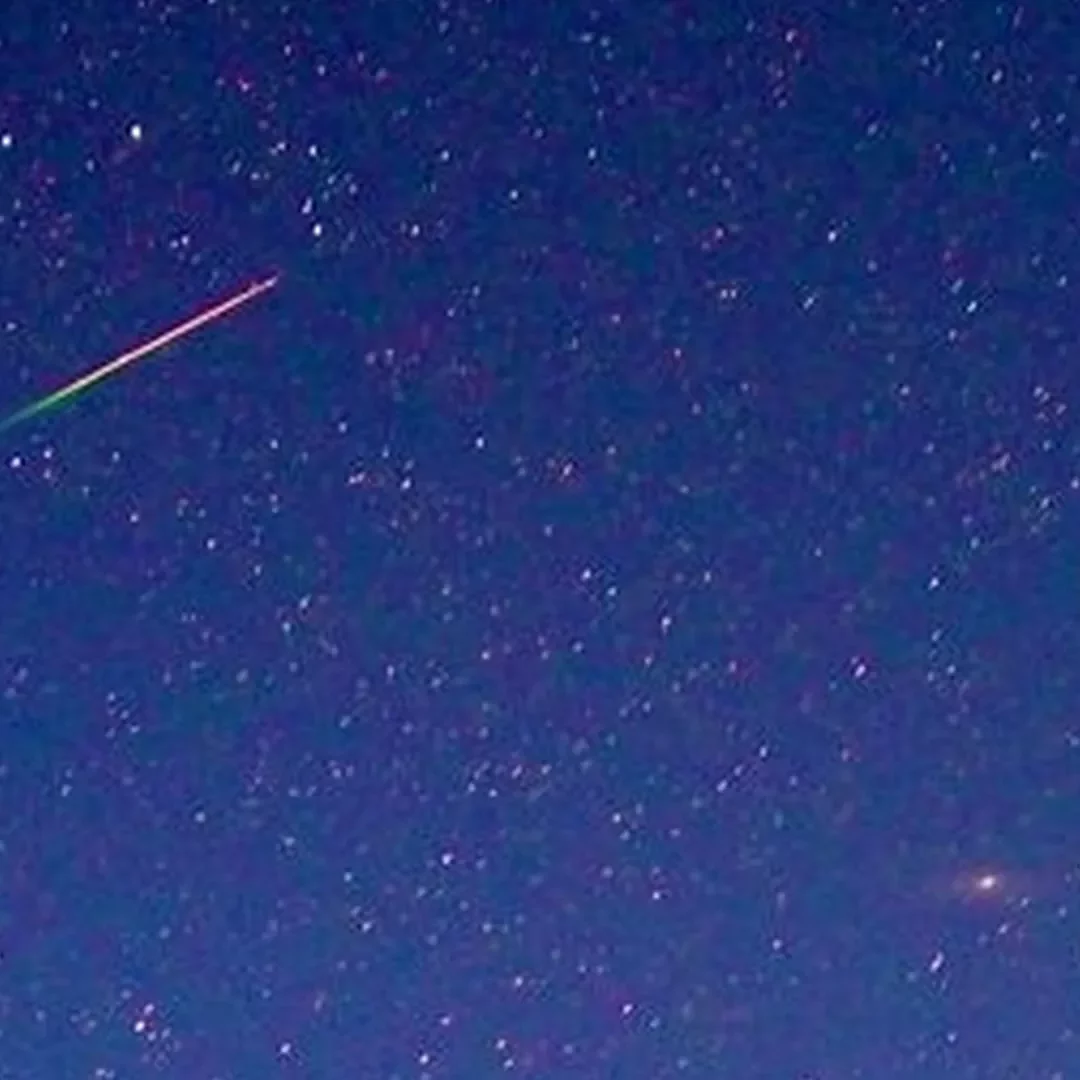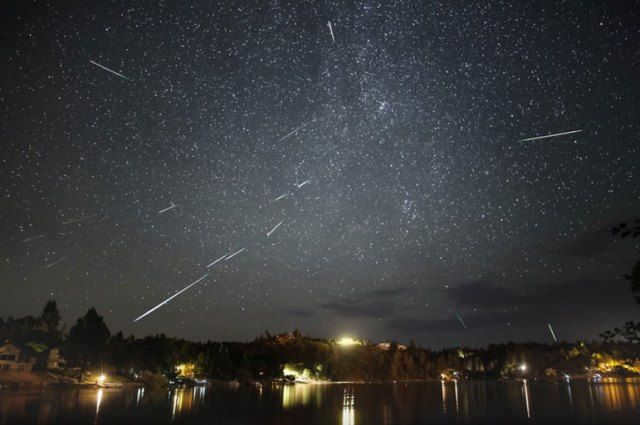
Every August, the Earth passes through the Perseids meteor stream, resulting in a spectacular display of shooting stars. These meteors can be seen as early as mid to late July, but the peak activity occurs in the second week of August. During this time, it is not uncommon to see over a hundred luminous meteorites in the night sky. The number of shooting stars gradually increases and then decreases throughout the month. On the first and last days of stargazing, you can expect to see about 1-2 shooting stars per hour.
The best place to observe this celestial phenomenon is in the countryside, where the sky is darker and free from light pollution. No special equipment is required – the meteors are easily visible to the naked eye. The intensity of the meteor stream typically increases after midnight and reaches its peak just before dawn.

Check out these related articles

Best 5 books to read
© 2019 Argumenty i Fakty in Belarus LLC. CEO, editor-in-chief: Igor Nikolayevich Sokolov. Deputy editors-in-chief: Evgeny Yuryevich Oleinik and Julia Vladimirovna Teltevskaya. Editor-in-chief of aif.by: Vladimir Petrovich Sharpilo. All rights reserved. Reproduction and use of the entire content is prohibited, but partial quotation is allowed with a hyperlink to www.aif.by. Contact the editorial office at +375 29 642 67 51.
Ministry of Information of the Republic of Belarus Certificate No. 1040 dated 14.01.2010
Commenting Guidelines
These easy-to-follow guidelines will ensure a pleasant experience while communicating on our website!
To maintain a pleasant visit to our site, we kindly ask you to adhere to the following rules for commenting:
Your message should not exceed 2500 characters (including spaces).
The preferred language of communication on the AiF website is Russian. If you choose to use another language, please ensure that readers can understand you correctly.
Comments that contain profanity, degrade human dignity, or incite interethnic discord are strictly prohibited.
Spam, as well as the promotion of goods, services, resources, media, or events unrelated to the article discussion, are not allowed.
Let’s show mutual respect towards each other as well as the platform where we all gather to communicate and share our thoughts. The site’s management holds the authority to remove comments or parts of comments that fail to meet these standards.
The editorial team holds the right to feature certain comments in the print edition of the publication or publish them as standalone articles on www.aif.ru.
If you have any questions or suggestions, please feel free to reach out to the site’s administration.
The month of August offers a remarkable opportunity for stargazing. Each night, when gazing at the heavens, one can witness the breathtaking sight of numerous shooting stars and even make wishes. Do you know until when this captivating natural phenomenon will continue and how it impacts our lives?
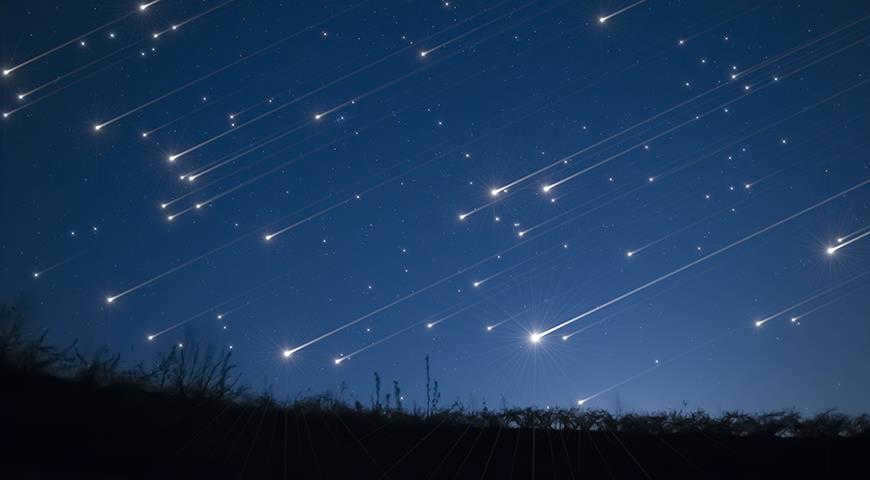
August’s Astonishing Starfall Sightings
During the month of August, meteor showers are at their peak, and if the weather is favorable, one can witness the spectacle of up to a hundred shooting stars per night. The international meteor organization has stated that the stargazing season began in mid-July, but it reaches its climax in August. In 2021, there will be intense meteor showers every night until August 24. The most anticipated starfall of the season is expected on the night of August 12-13. Astronomers predict that, if the sky is clear, it will be possible to observe as many as 110 meteors per hour, which is equivalent to 1-2 meteors per minute! The prime time for observing these shooting stars is from 11:00 PM on August 12 to 2:00 AM on August 13. It won’t be necessary to use binoculars or a telescope, as everything will be visible to the naked eye, provided there are no clouds in the sky.
What is the concept of stargazing?
The Perseid meteor shower is the proper term for stargazing in August. These are a multitude of particles that arrive in large quantities from the Perseus constellation. The Perseid meteors are renowned for being the brightest and fastest, creating a stunning display as they leave behind a long streak across the sky.
When an object from space enters the Earth’s atmosphere at a high velocity, it heats up due to friction and begins to emit light, leaving behind a luminous trail in the sky. However, since meteors travel at speeds of 11 to 25 kilometers per second, they quickly disintegrate and fade away, necessitating an immediate wish-making opportunity.
Is it meaningful to make desires and how to do it properly?
Astrologers argue that the Perseids meteor shower holds significant power due to its high intensity, therefore it is not only possible but also necessary to make wishes after spotting “your” star. And not just one wish, but multiple wishes! And not only for oneself, but also for family, friends, and loved ones. The only requirement is that these wishes should be positive; one should not ask the Universe to harm their enemies as it will not end well. It is essential to have a positive mindset and try to visualize the wish, imagining it has already come true.
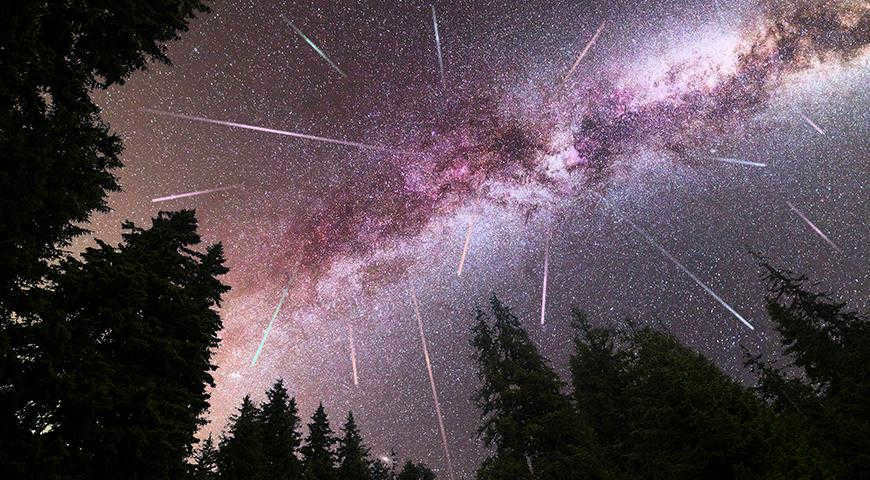
It is preferable to make a wish upon a shooting star in a serene and tranquil location
There is a belief that when you spot a falling star, you should make a wish immediately, while its trail is still visible in the sky. It is not necessary to vocalize the wish; you can keep it to yourself. However, if the star fades before you can express all that you desire, don’t be disheartened. Close your eyes and mentally replay the meteor’s journey across the sky, simultaneously reiterating the wish.
Alternatively, you can wait for the next shooting star.
On the night of August 12, you will have the opportunity to witness the most brilliant meteor shower (and more) of the year – the peak of the Perseid meteor shower.
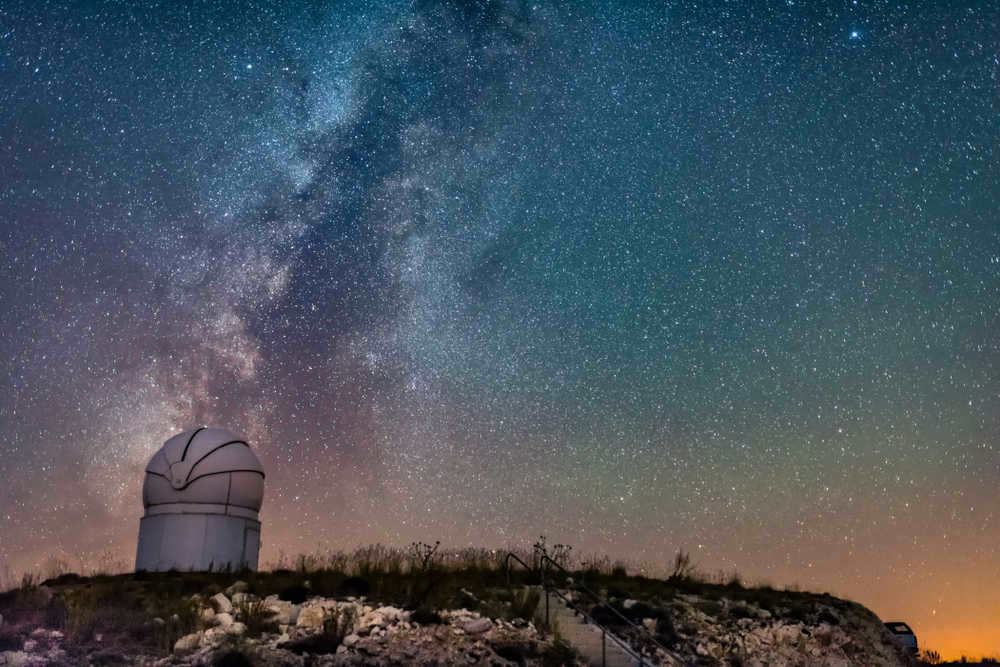
The phenomenon of observing stars in the active phase commenced at the onset of the month – and will continue until the twentieth. However, the upcoming weekend is anticipated to witness the occurrence of up to 100 meteors per hour: a sufficient quantity to enable one to make a wish.
In the central region of Russia, the Perseids can be perceived in the northeastern sector of the heavens – this is when the streams become visible in closer proximity to midnight, and by daybreak, one can appreciate the spectacular sight spanning across the expanse of the sky.
Literature
What is descent
Not celestial bodies, but fragments of comets or meteors (sometimes as tiny as 1 mm in size!). They disintegrate in the Earth’s atmosphere – hence the moving lights.
Meteor showers have poetic names (usually based on the closest constellations) and a precise path of crossing with the Earth’s orbit.
As a result, observing the stars can be anticipated beforehand and preparations can be made with blankets and thermoses.
What you should do to witness a meteor shower
- Select a night with clear and cloudless skies if possible;
- Escape the city – windows, streetlights, and any bright lights decrease visibility;
- Dress warmly, bring a snack and a thermos with tea, and consider bringing binoculars (optional);
- Install a star chart app (such as StarWalk, Star Chart, or SkyView);
- Find out the radiant of the meteor shower, which is the point in the sky where the meteors appear to originate from;
- Select a comfortable spot, lay down on the ground, and start observing!
It may take 10 to 20 minutes for your eyes to adjust, so be patient – it will be worth it.
Additionally, you can find information about upcoming meteor showers in this article – they typically occur annually.
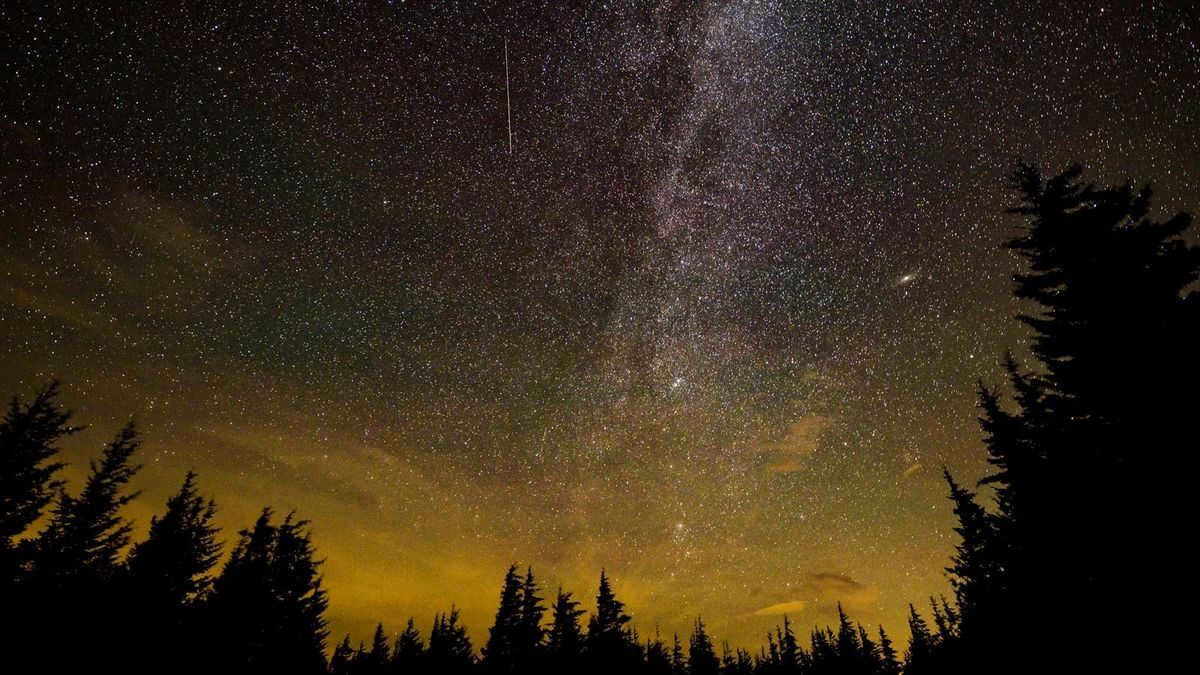
During the nights of August 11th to 12th and August 12th to 13th, individuals residing in the Northern Hemisphere of our planet will have the opportunity to witness the peak of the Perseids meteor shower. This awe-inspiring display of bright meteors will be visible across the entirety of Russia.
Alexei Baklanov, the Scientific Secretary of the Crimean Astrophysical Observatory, informed RBC Life about the scientific significance of the Perseids meteor shower and the specific conditions required to witness this celestial event.
What is it
Alexei Baklanov mentioned that the Perseids meteor shower happens every year, so if you miss it this year, you’ll have the chance to see the meteor glow in the next event.
“This meteor shower is one of the brightest occurrences of the year. It is caused by the remnants of the Swift-Tuttle comet, which is basically dust that enters our atmosphere and burns up at high speeds. This happens annually, with the peak dates being from August 12 to 13,” said Alexei Baklanov.
The expert also assured that this celestial event is not dangerous, so there is no need to fear meteors falling onto the planet during observation.
Guide on How to Witness the Spectacle
Those residing in the Northern Hemisphere will have the unique opportunity to witness a captivating celestial event – the entirety of Russia’s population will be able to partake in this awe-inspiring spectacle. However, individuals in the southern hemisphere, such as Cape Town or Sydney, will not be as fortunate, as they will be unable to behold the enchanting display of meteors.
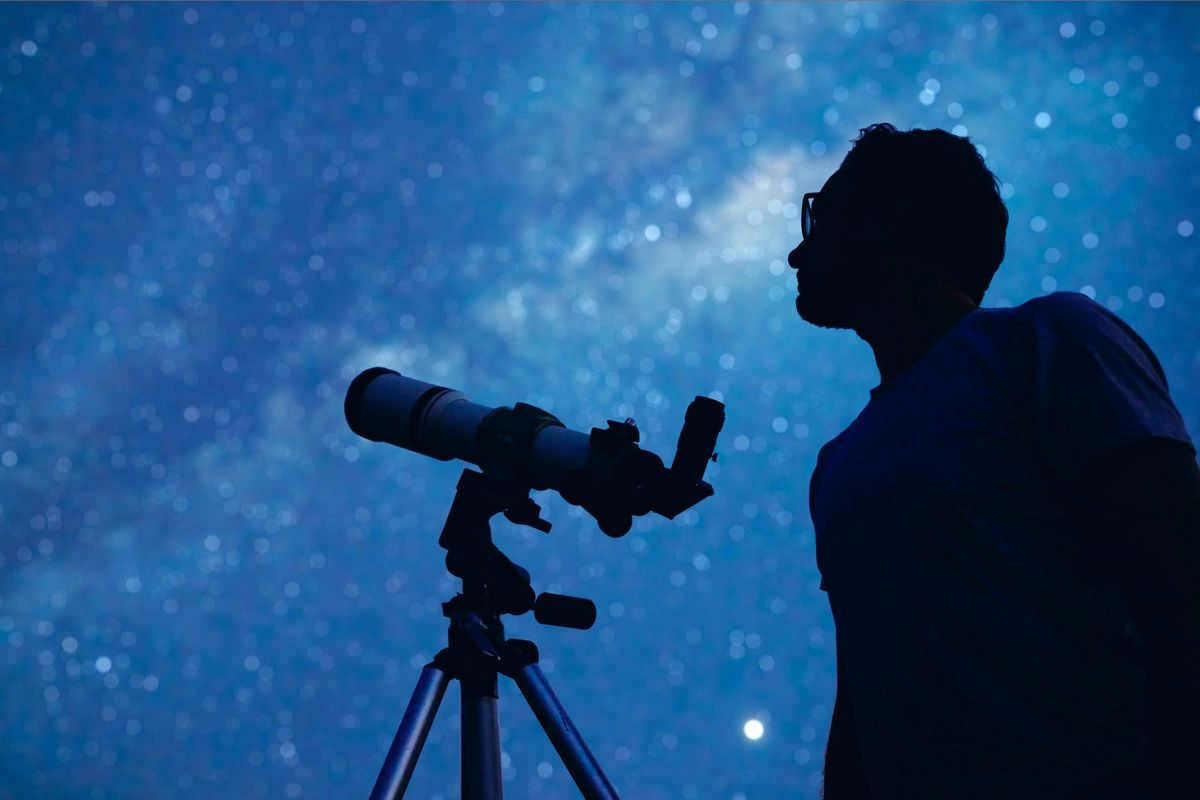
The Guardian reports that there will be a spectacular meteor shower in August, with 60 to 100 meteors visible per hour. The shower will be visible from the darkest locations, and even in less dark areas, one meteor per minute can be expected. The moon’s waning phase will enhance the viewing conditions, as only 10% of its surface will be illuminated.
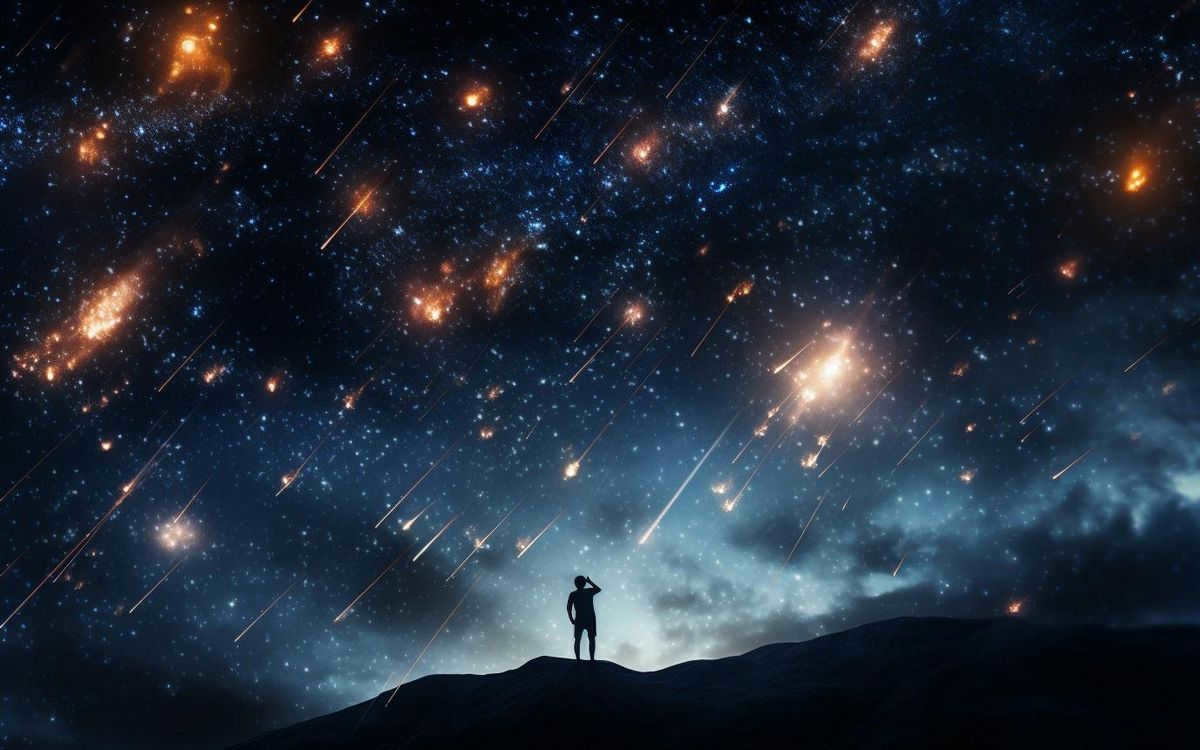
Stargazing Schedule for 2023: When to Watch the Stars
Alexei Baklanov mentioned that if the weather is clear during the evening of August 13, the conditions for observing will be even more advantageous.
“In order to witness this phenomenon, it is necessary to venture far away from populated areas, ensuring that the sky is devoid of light pollution. The weather must also be clear. Find a comfortable spot and begin counting shooting stars,” advised the astronomer.
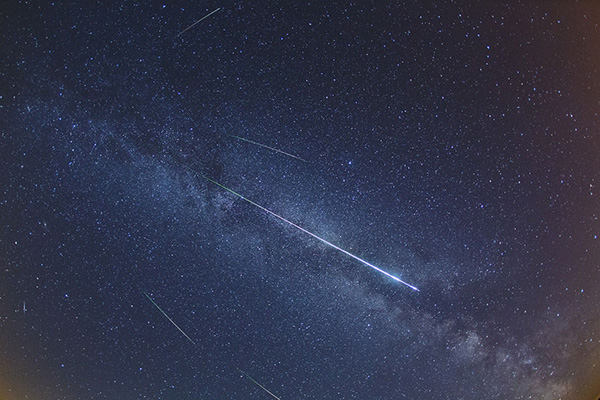
The Starfall Perseids put on a stunning celestial display every August. The peak of this meteor shower occurs on August 12-13, during which you can witness an impressive spectacle of up to 120 shooting stars per hour! That’s an average of about 2 meteors per minute!
Actually, it’s not stars that descend. It’s meteors disintegrating in the Earth’s atmosphere, originating from a cloud of tiny particles once released by the Swift-Tuttle comet. Each year, in August, this cloud intersects with our planet and produces a vibrant cosmic light show.
Why is the August meteor shower called the Perseids?
The August Perseids meteor shower receives its name from the constellation Perseus, near which there is a radiant – an imaginary point in the sky from which meteors emanate. They can traverse almost the entire expanse of the sky, but visually they will “emanate” from one point.
Where and How to Watch the Perseids Meteor Shower in Belarus?
The Perseids meteor shower begins illuminating the night sky around July 17 and continues until August 24, with the peak occurring on August 12-13. This celestial event is best observed outside of urban areas, preferably on a moonless night. However, even within the city, you can still catch a glimpse of the particularly bright meteors.
To locate the radiant point of the meteor shower and witness the highest number of meteors, trace a path across the sky starting from the constellation of the Big Dipper towards the right. You will come across Polaris, the North Star, and further to the right, you will see the constellation Cassiopeia, which forms a distinctive “W” shape with its bright stars. Below Cassiopeia, you will find the constellation Perseus, which is the origin of the Perseids meteor shower.
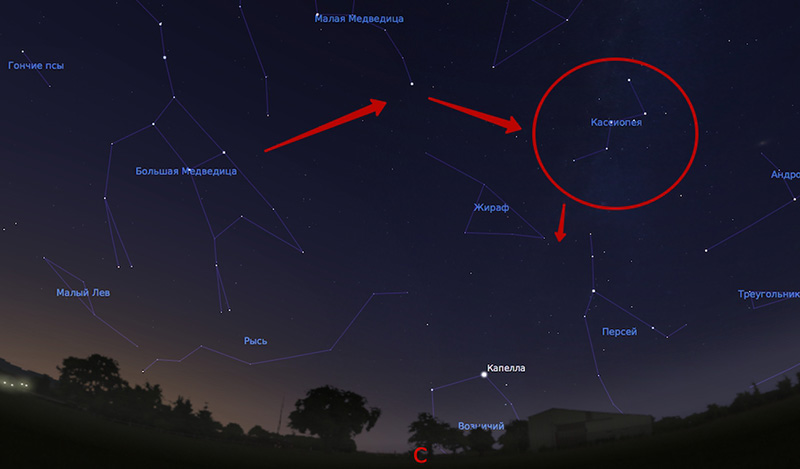
Another way to search for the Perseids meteor shower is to start from the Big Dipper and move downwards towards the bright star above the horizon, which is Capella in the constellation of Ascendant. On the upper right side, you will be able to spot the familiar Cassiopeia in the shape of a W. Somewhere in between Cassiopeia and Capella, you will find the constellation Perseus, and to the left of Perseus is where the radiant point of the meteor shower can be found.
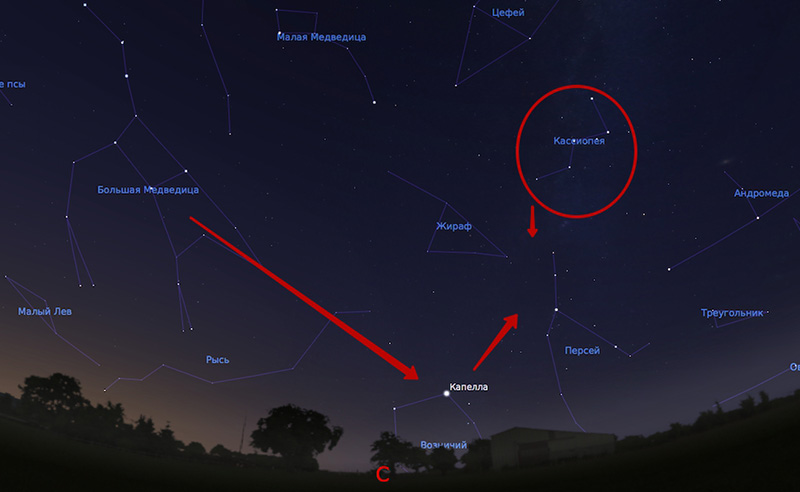
However, there is no need to go through the trouble of locating the radiant point in order to witness a breathtaking display of shooting stars. This can be enjoyed even in urban areas. Simply take a few minutes to gaze up at the night sky. If you are into photography, you can increase the shutter speed to capture the magnificent trails left by meteors against the backdrop of the fixed stars. Those fortunate enough to own a telescope can indulge in views of outer space and other celestial objects, while binocular owners can lose themselves in endless fields of stars.
To receive tips on observing the night sky and stay up to date with the most captivating astronomical events,
subscribe to our Instagram and Youtube channels.
© This text and image are protected by copyright law. Any use or reproduction of materials or a selection of materials from the website, including design elements and layout, is only allowed with the permission of the copyright holder and must include an active link to the source: telescop.by.
- What to observe in the sky after the Moon and planets? The Messier objects catalog. Crab Nebula (M1).
- February’s night sky
- Useful tips for stargazing
- What is the reason behind the name “Big Dipper” for the constellation Ursa Major?
- Join us for International Astronomy Day 2014 and get a chance to look through a telescope!
- The renowned Sky-Watcher telescopes are now available for purchase!
- Experience social networks in a new and innovative format!
- How to select a telescope? – for observing planets, Moon craters, and galaxies!
- 99% rating onliner.by certificate
- What factors to consider when selecting a microscope?
- How to go about choosing the right binoculars for your needs?
- Authorized retailer of Sky-Watcher, Levenhuk, and Bresser products in RB!
- Exciting new arrivals of telescopes and accessories!
- A detailed review of the Sky-Watcher BK P15075EQ3-2 telescope by Telescop.by
- Discover the features of the Sky-Watcher BK 705AZ2 telescope with Telescop.by
Trade Register registration date: 25-03-13


